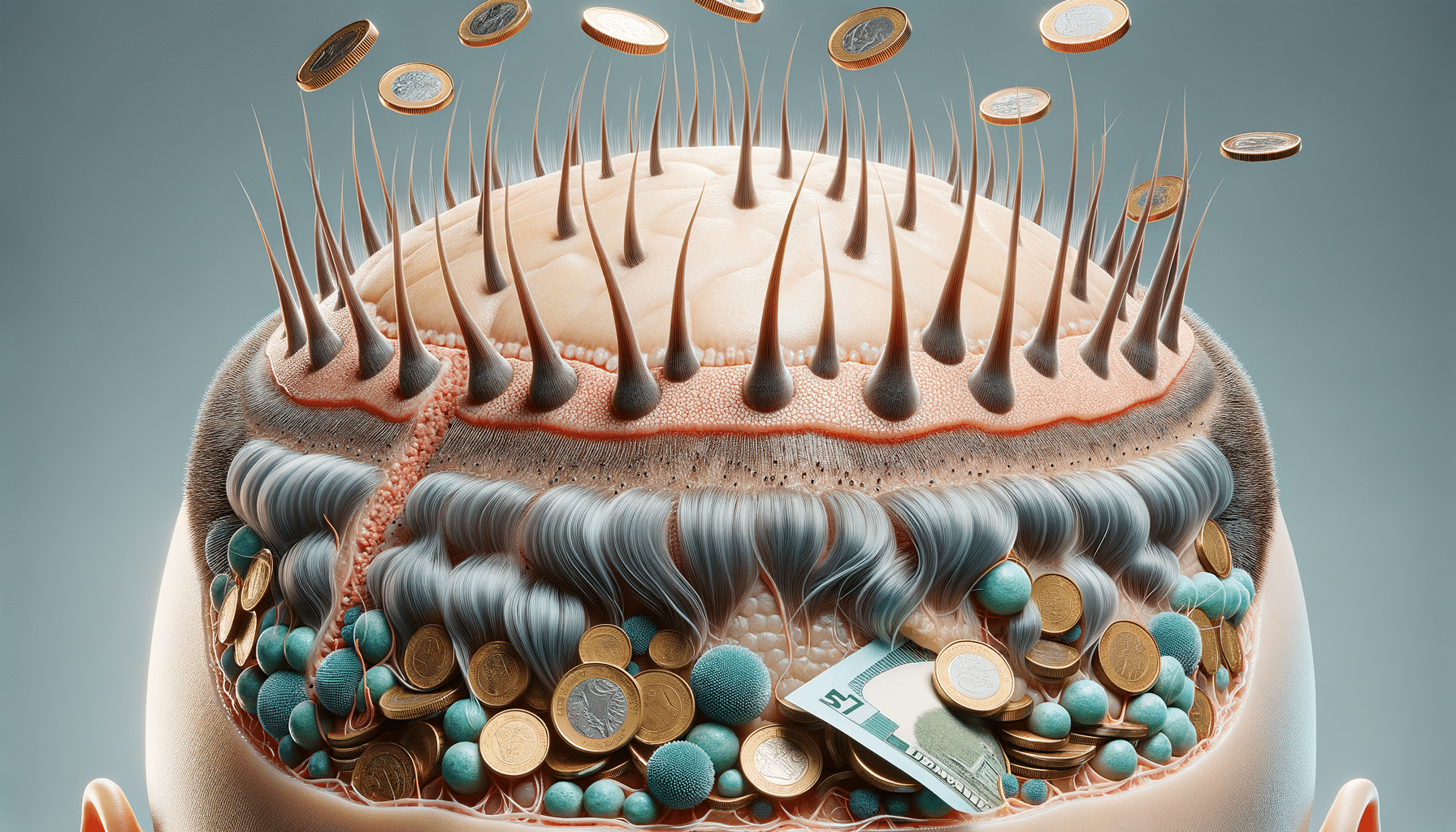
Understanding hair transplantation options
Hair Transplant in Frontal Area
Hair loss in the frontal area is a common concern for many individuals, often leading to a receding hairline that can affect self-esteem and confidence. A hair transplant in this region involves the careful placement of follicular units to recreate a natural-looking hairline. The process typically starts with an assessment of the patient’s hair loss pattern and the availability of donor hair, usually from the back of the scalp.
One of the primary techniques used for frontal hair transplantation is Follicular Unit Extraction (FUE). This method involves extracting individual hair follicles and implanting them into the frontal area. FUE is renowned for its precision and ability to create a hairline that mimics natural hair growth patterns. Patients often choose FUE for its minimal scarring and shorter recovery time.
Another technique, Follicular Unit Transplantation (FUT), involves taking a strip of scalp from the donor area and dissecting it into individual follicular units. These units are then transplanted into the frontal region to restore the hairline. FUT can be advantageous for those requiring a larger number of grafts, as it often yields more follicles in a single session.
Choosing the right technique depends on various factors, including the extent of hair loss, the desired outcome, and personal preferences. Consulting with a qualified specialist is essential to determine the best approach for achieving a natural-looking hairline.
Hair Transplant Natural Hairline
Achieving a natural hairline through transplantation requires a blend of artistry and technical skill. A well-designed hairline not only frames the face but also complements the individual’s age, facial features, and hair characteristics. The goal is to create a seamless transition between the transplanted hair and the existing hair, ensuring that the results are indistinguishable from nature.
One of the critical aspects of crafting a natural hairline is the careful selection and placement of follicular units. Single-hair grafts are often used at the front to mimic the fine, wispy hairs that naturally occur along the hairline. As the transplant progresses towards the crown, multiple-hair grafts may be used to provide density and volume.
The angle and direction of hair growth are also meticulously planned to ensure that the transplanted hair blends seamlessly with the surrounding hair. Surgeons often use advanced techniques and tools to replicate the natural growth patterns of the patient’s hair, resulting in a hairline that is virtually undetectable.
Patient involvement is crucial in the design process. Surgeons typically work closely with patients to understand their expectations and preferences, ensuring that the final result aligns with their vision. A natural hairline not only restores appearance but also boosts confidence, allowing individuals to feel more comfortable in their skin.
Cost of Hair Transplantation
The cost of hair transplantation can vary widely, influenced by several factors such as the extent of the procedure, the technique used, and the geographical location of the clinic. On average, patients might expect to pay anywhere from $4,000 to $15,000 for the procedure, making it a significant investment in one’s appearance and self-confidence.
Follicular Unit Extraction (FUE) is generally more expensive than Follicular Unit Transplantation (FUT) due to the meticulous and time-consuming nature of the procedure. FUE involves the extraction of individual follicles, which requires precision and expertise, often resulting in higher costs.
In addition to the technique, the number of grafts needed plays a significant role in determining the overall cost. Larger areas of hair loss require more grafts, increasing the price. Patients should also consider additional expenses such as follow-up visits and post-procedure care, which can add to the total cost.
While the financial aspect is important, choosing a qualified and experienced specialist should be the top priority. The expertise of the surgeon can significantly impact the success and natural appearance of the transplant. It’s advisable to consult multiple clinics, review before-and-after photos, and read patient testimonials to make an informed decision.
Ultimately, hair transplantation is an investment in one’s self-esteem and quality of life. By restoring a full head of hair, individuals often experience improved confidence and satisfaction, making the cost a worthwhile consideration.


